All Articles
Meet the upgraded Orca Core 2
October 15, 2024 • 3 min read
More power, more efficiency, more accuracy.
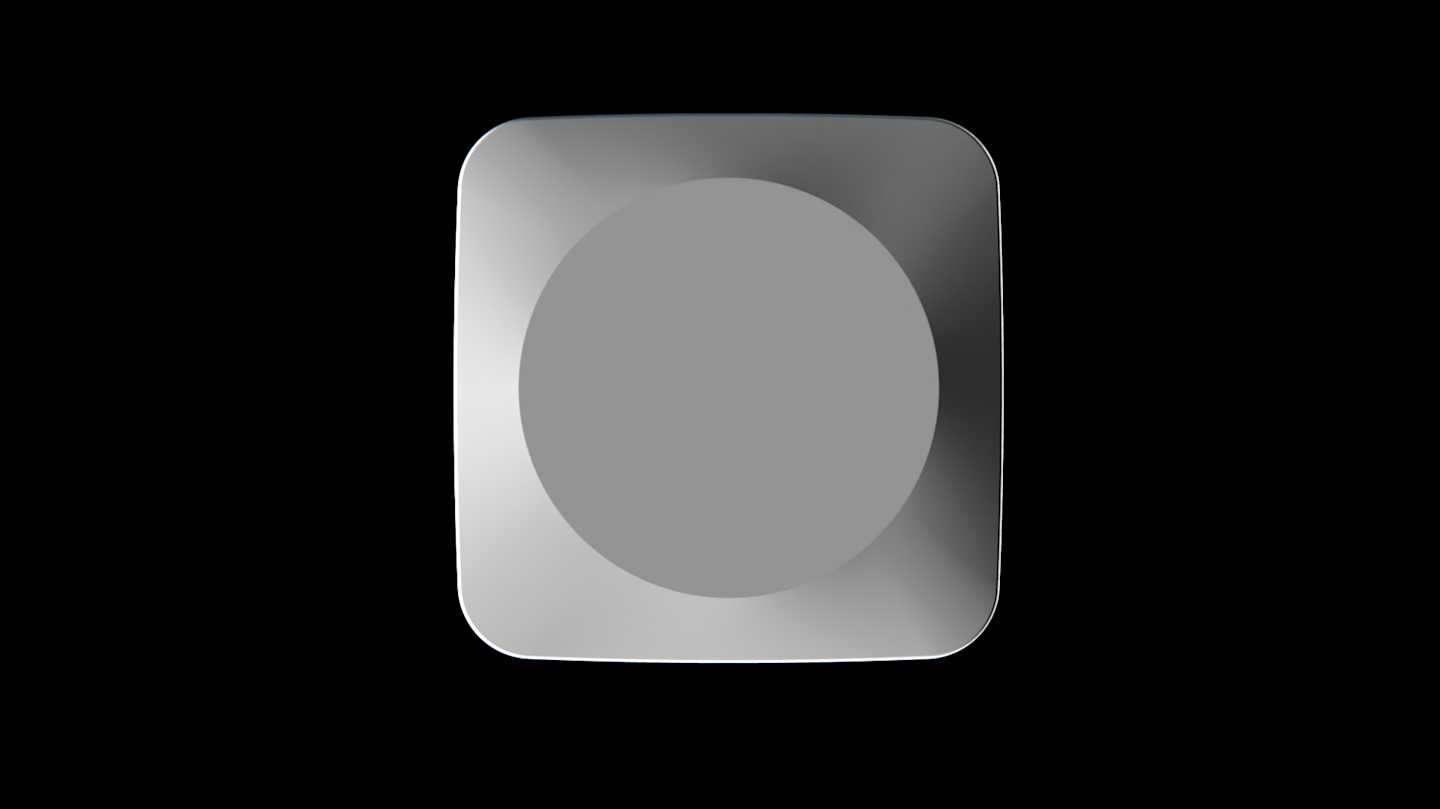
The Orca Core 2 is a navigation powerhouse. It delivers advanced boat integrations, a built-in compass, and a GNSS receiver for pinpoint positioning.
Boaters use the Orca Core 2 to view sensor data on their phones and tablets, control autopilots, view radar information, and sail better with its advanced sailing processor.
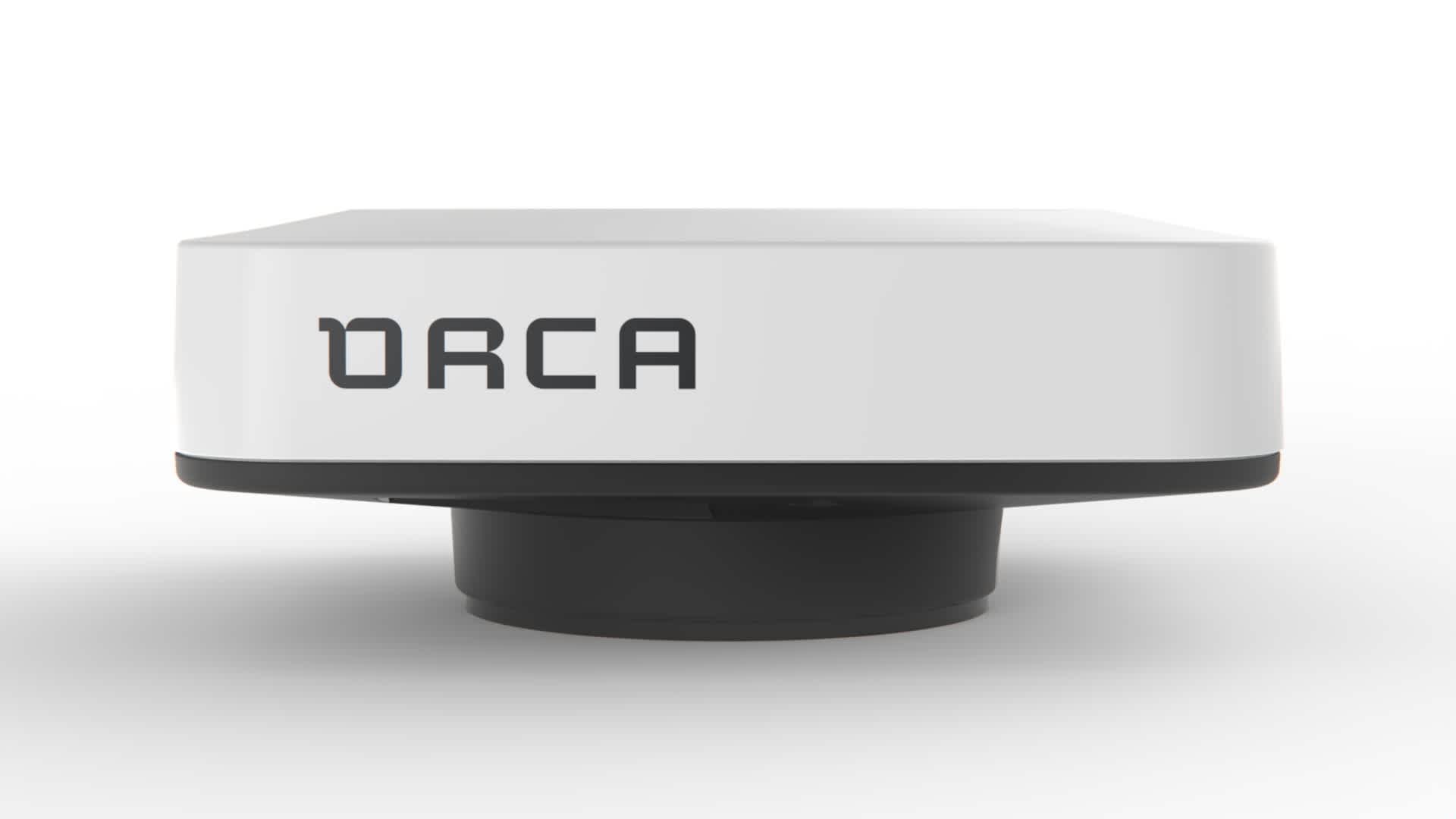
Orca Core 2 delivers high-end chartplotter functionality to your phone, tablet, computer, and watch.
Introducing the upgraded Orca Core 2
Today, Orca Core 2 is receiving a big upgrade. Its internals have been completely redesigned to deliver:
Improved GNSS accuracy – with 1.5m CEP
Improved compass accuracy – with down to 1.5° accuracy
Reduced power consumption – with 100mA peak draw
Improved BLE and WiFi performance
The upgrade starts with the Core’s internal circuitry. Its logic board is now two-sided and multi-layered. This design, typically found in high-end mobile devices, allows components to be placed on both sides of the board, optimizing space and efficiency.
The redesign allowed for a better distribution of electronic components and the selection of larger and more power-efficient components – all while maintaining the same housing as the original Orca Core 2.
A video of the upgraded Orca Core 2's internal components. The large GNSS receiver at the top delivers incredibly accurate positioning. Processors, power converters, and other components are placed on the underside of the main logic board.
The new Orca Core 2 cuts peak power consumption in half, requiring only 100mA at peak power draw. During regular use, it consumes only 70mA. This incredible efficiency means you can focus on your journey without worrying about energy consumption, even on long trips or while at anchor.
Better accuracy
At sea, precision matters, and the Orca Core 2 is built for it.
The new Orca Core 2 offers improved accuracy in challenging areas like harbors and near tall mountains. This is thanks to the new GNSS receiver being able to track more satellites across multiple constellations. It also reduces drift while at anchor or in the harbor due to enhanced receiver sensitivity and better signal processing.
The original Orca Core 2’s GNSS receiver had a Circle of Equal Probability (CEP) of 2.5 meters. The upgraded version features a cutting-edge GNSS receiver with a CEP of 1.5 meters, putting it on par with high-end professional marine GNSS systems.
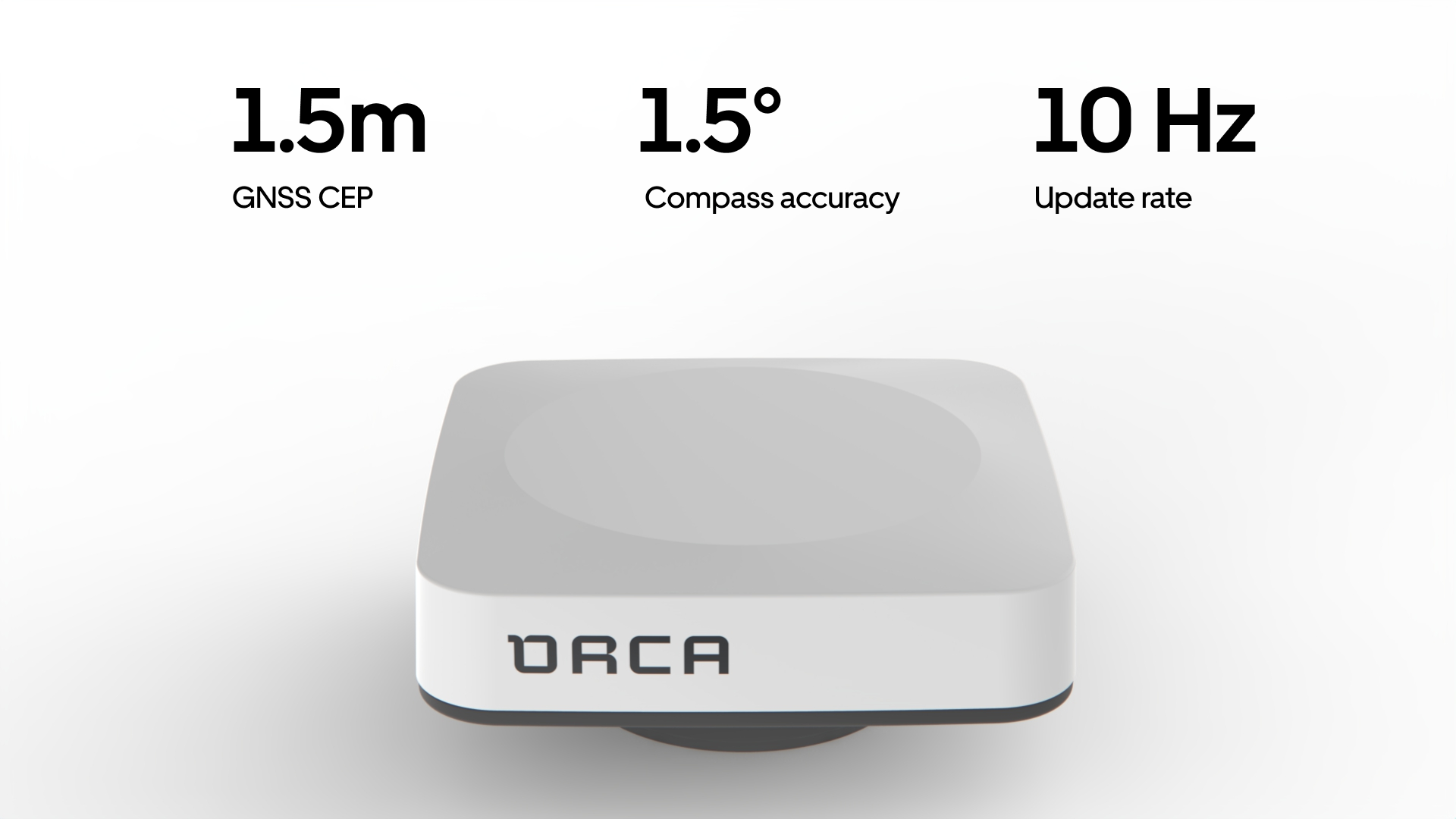
The upgraded Core 2 delivers improved compass and position accuracy.
The two-sided logic board also allows for better noise isolation of the built-in electronic compass. The result? A more accurate compass that makes wind data more precise, radar overlays more responsive, and autopilot performance even better than before.
How does the Orca Core 2 compare?
Benchmarking GNSS performance isn’t easy due to varying local and atmospheric conditions. During testing, the upgraded Orca Core 2 was compared against several top-tier recreational and professional GNSS systems.
The final test was against the Furuno SCX-20, a premium GNSS compass with four built-in GNSS receivers and an MSRP of $1,395.00 – more than twice that of the Orca Core. Data from both devices was recorded while moored at a marina, navigating in a harbor, and sailing offshore. Both receivers had an unobstructed view of the sky and were positioned to prevent interference.
Stationary Performance
GNSS drift was measured by powering on both devices for five minutes while the boat was moored in the marina. The results were:
Orca Core 2: Maximum drift from center of 1.8 meters.
SCX-20: Maximum drift from center of 1.7 meters.
The Orca Core 2 performs on par with the SCX-20’s four GNSS receivers, showcasing its incredible accuracy.

Orca Core is blue and SCX-20 is represented as white marks. The map grid is 2x2m. The positions are offset as the SCX-20 was mounted 4 meters away from the Orca Core 2 along the centerline of the boat.
Harbor Navigation
Navigating harbors is challenging due to obstructed skies from masts and buildings. Moving at about 5 knots, both devices showed excellent alignment when going straight, with an average difference of just 0.6 meters.
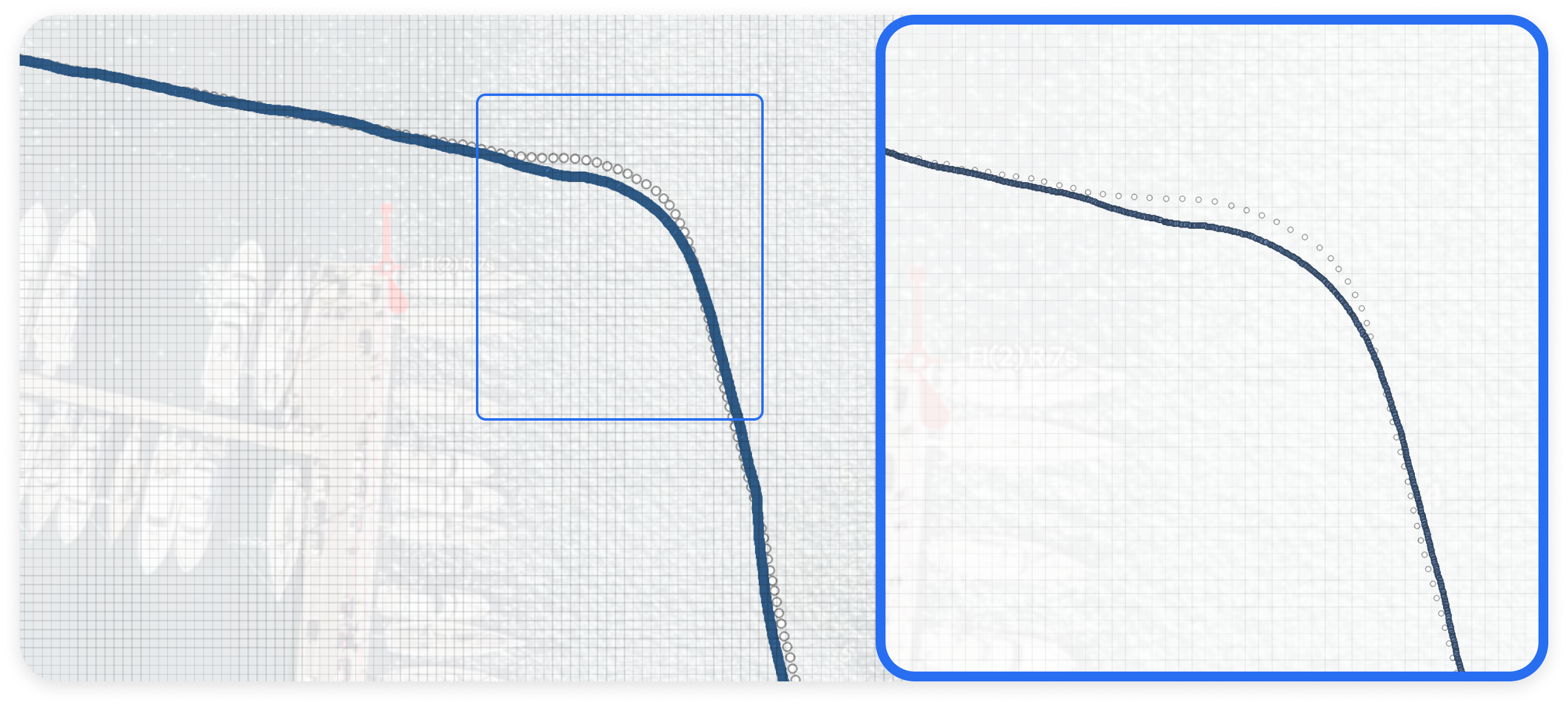
Orca Core is blue and SCX-20 is represented as white marks. The map grid is 2x2m. The right section of the map shows the turn in higher resolution, illustrating a deviation of almost two meters during the course change.
The difference between the Orca Core 2 and SCX-20 appeared when changing course. Orca Core 2 was able to detect changes quickly, while the SCX-20 showed a delayed reaction to a course change with a deviation of almost two meters during the turn.
Upwind Sailing
Data captured during upwind sailing showed less than 0.5 meters of deviation between the devices on straight courses. Again, the Orca Core 2 responded faster during tacks, with the SCX-20 lagging by almost four meters.
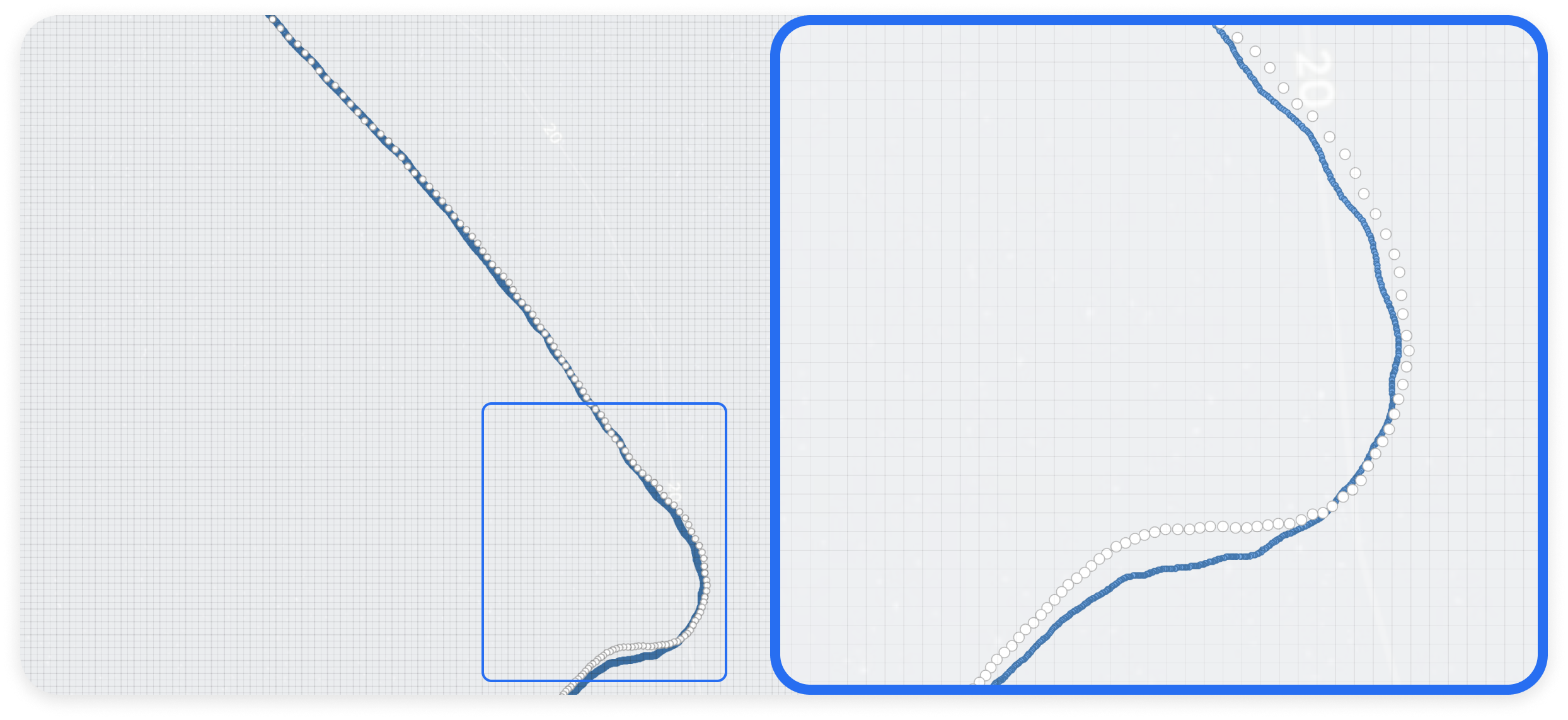
Orca Core is blue and Furono SCX-20 is represented as white marks. The map grid is 2x2m. On a straight course, both receivers show similar performance. During course changes, the SCX-20 reacts significantly slower than the Orca Core 2.
The smart choice
The Orca Core 2 delivers high-end GNSS receiver performance – all at a fraction of the price. Its GNSS is fine-tuned to detect subtle changes in course and speed, making it ideal for boaters navigating challenging coastlines and racers seeking precise sailing data.
On top of this, Orca Core delivers advanced boat integration that gives you autopilot control, radar visualization, and advanced instrument panels on your phone, tablet, and Mac.
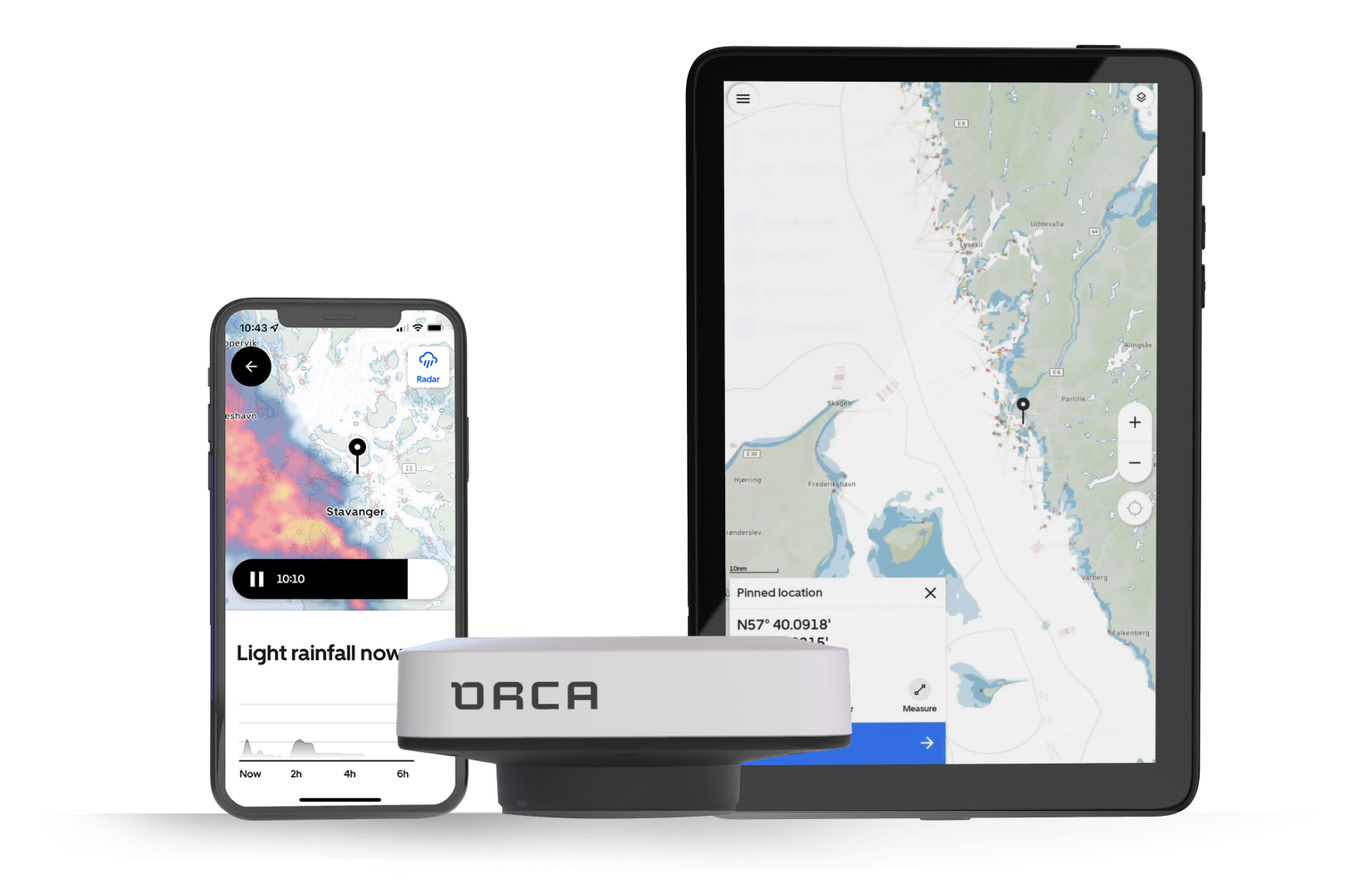
Orca Core gives you a complete chartplotter experience on all your devices.
The Orca Core 2 has just become even better. It brings advanced chartplotter functionality and professional-grade GNSS and compass accuracy accessible to all boaters. The upgraded Orca Core is available from the Orca Store today.






